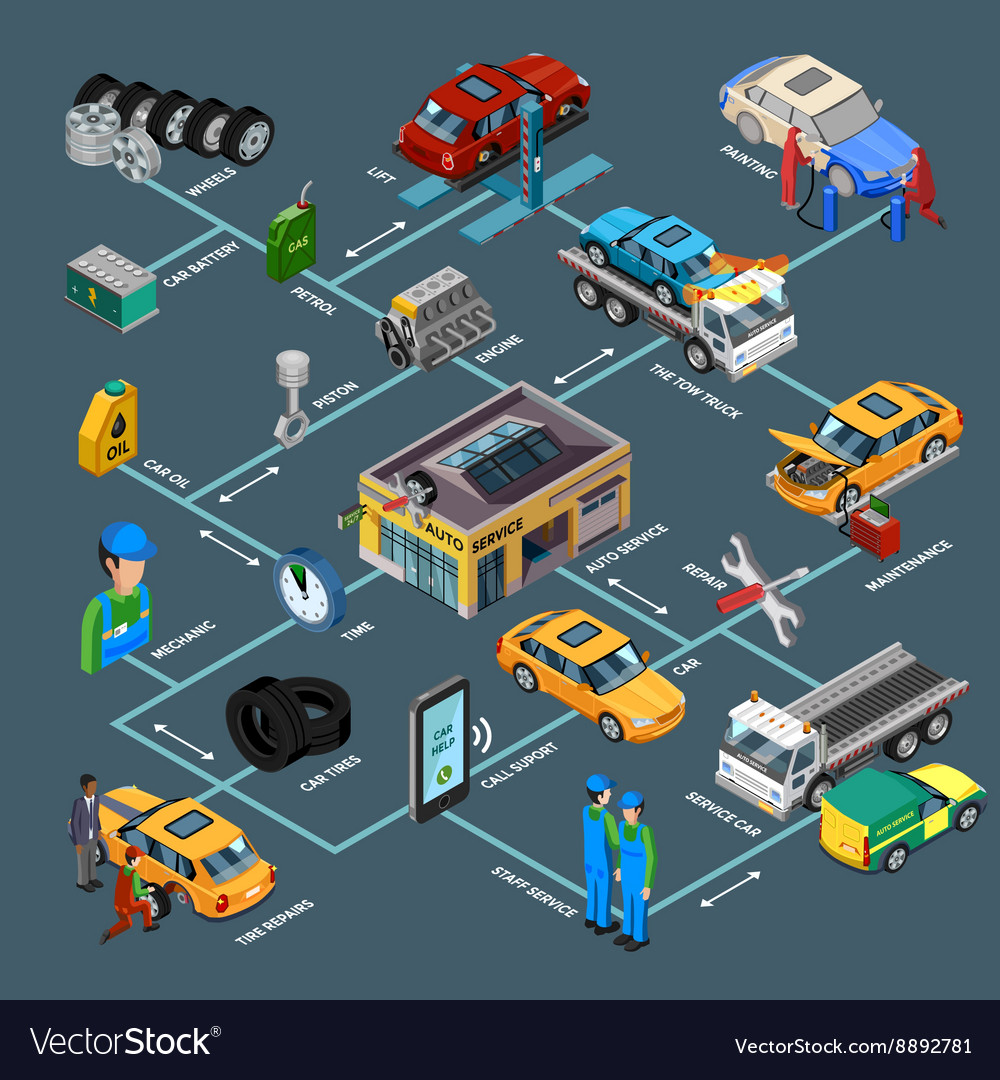Analyzing Your Cars And Truck'S Warning Indicators: What They Really Share
Analyzing Your Cars And Truck'S Warning Indicators: What They Really Share
Blog Article
Writer-Higgins Torres
When you lag the wheel, those beautiful warning lights on your dashboard can be a little bit complicated. Do you know what they're attempting to inform you regarding your automobile's health and wellness? Comprehending the relevance of these lights is important for your safety and the durability of your car. So, Recommended Online site following time one of those lights turns up, wouldn't you wish to decipher its message properly and take the essential steps to address it?
Common Caution Lighting and Interpretations
Determine usual warning lights in your car and recognize their definitions to ensure risk-free driving.
The most common warning lights include the check engine light, which indicates issues with the engine or exhausts system. If this light begins, it's important to have your lorry checked promptly.
The oil stress cautioning light indicates reduced oil stress, calling for prompt interest to stop engine damage.
A flashing battery light may suggest a malfunctioning billing system, potentially leaving you stranded otherwise resolved.
The tire stress surveillance system (TPMS) light notifies you to low tire stress, influencing automobile stability and gas performance. Neglecting this could bring about unsafe driving conditions.
The abdominal light shows a problem with the anti-lock braking system, jeopardizing your ability to quit quickly in emergency situations.
Finally, the coolant temperature level alerting light warns of engine overheating, which can result in serious damage otherwise settled quickly.
Comprehending these usual caution lights will certainly aid you address problems promptly and preserve secure driving conditions.
Importance of Prompt Attention
Understanding the usual caution lights in your auto is just the very first step; the relevance of quickly attending to these warnings can't be highlighted enough to guarantee your safety on the road.
When a caution light illuminates on your dashboard, it's your cars and truck's means of connecting a possible issue that requires attention. Overlooking these cautions can bring about extra extreme troubles down the road, endangering your safety and security and possibly costing you extra out of commission.
Trigger attention to alerting lights can avoid break downs and accidents. For instance, a flashing check engine light might suggest a misfire that, if left ignored, can trigger damage to the catalytic converter. Resolving this quickly can save you from an expensive repair service.
In a similar way, a brake system alerting light could indicate reduced brake liquid or used brake pads, vital parts for your security when driving.
DIY Troubleshooting Tips
If you notice a caution light on your control panel, there are a few DIY fixing pointers you can try before looking for professional help.
The very first step is to consult your car's guidebook to recognize what the specific caution light shows. Sometimes the concern can be as easy as a loosened gas cap setting off the check engine light. Tightening the gas cap might deal with the trouble.
car wash pakuranga is a reduced battery, which can cause numerous warning lights. Inspecting the battery links for rust and ensuring they're safe might fix the problem.
If a warning light continues, you can try resetting it by separating the cars and truck's battery for a few mins and then reconnecting it. Furthermore, inspecting your car's liquid levels, such as oil, coolant, and brake fluid, can help fix cautioning lights associated with these systems.
Conclusion
To conclude, understanding your automobile's caution lights is essential for keeping your vehicle running efficiently and safely. By without delay attending to these informs and knowing what they mean, you can avoid costly repair services and prospective breakdowns.
Remember to consult your auto's handbook for specific information on each cautioning light and do something about it as necessary to make sure a hassle-free driving experience.
Keep informed, stay safe when traveling!
